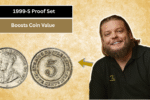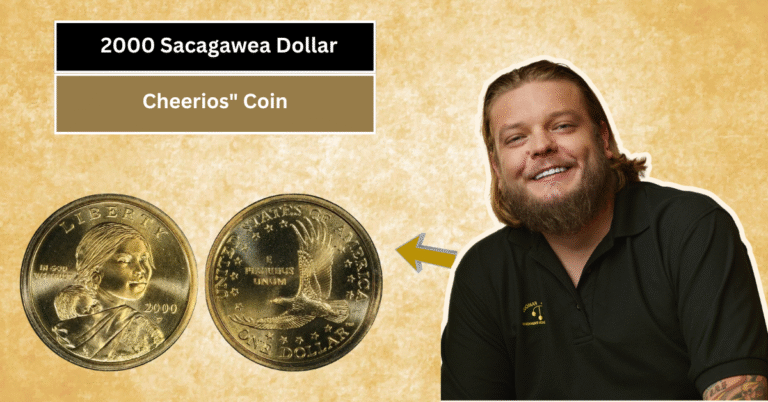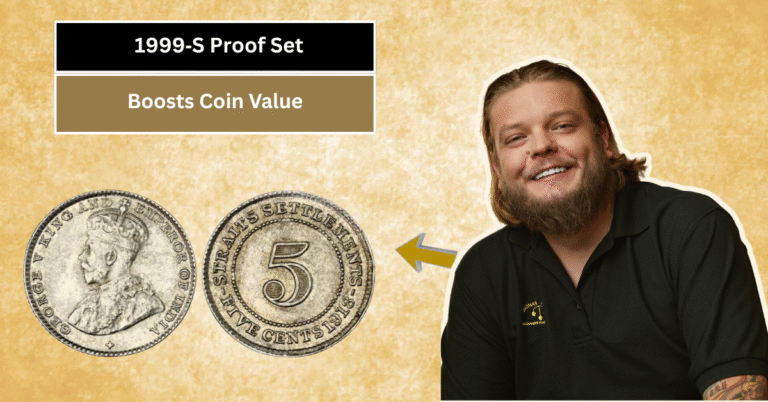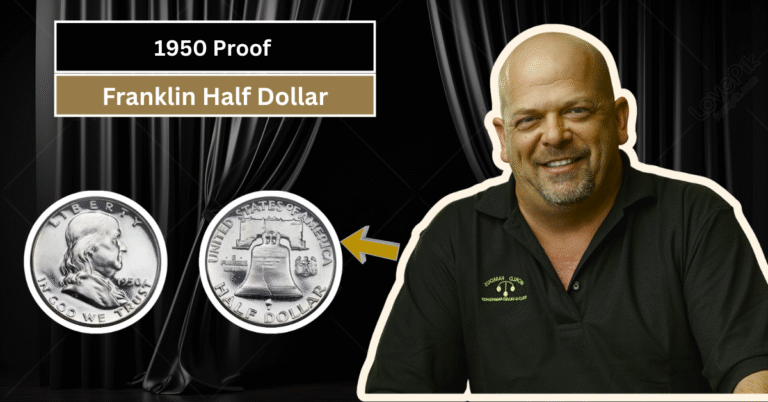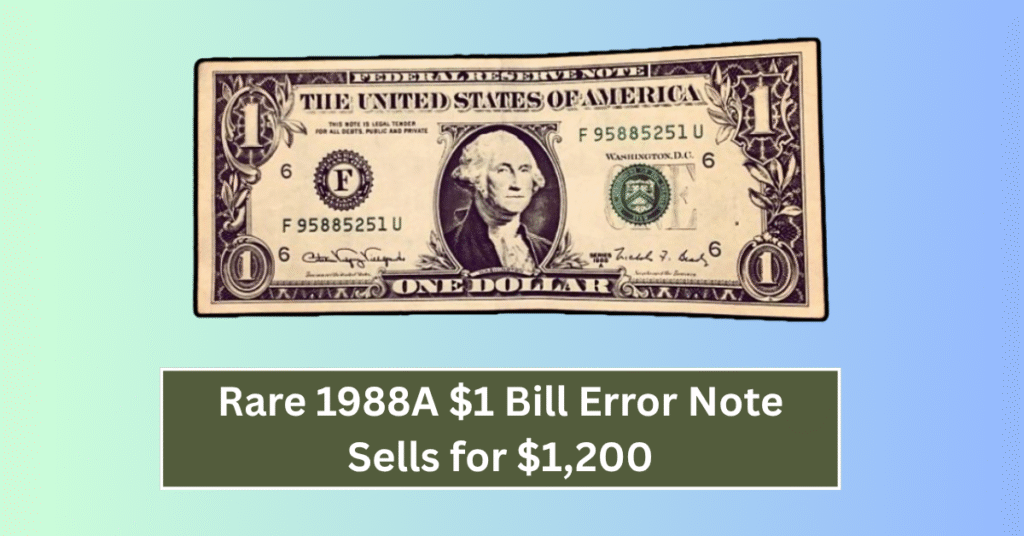
In the world of currency collecting, small details can make a big difference. One such example is the 1988A shifted plate number web note. This unique paper currency, with its plate number printed in the wrong corner, has caught the attention of collectors and currency enthusiasts alike. It is not just a piece of money but a rare collectible that can pay a month’s rent for some lucky owners.
This article will explain why this shifted plate number matters, how it signals a scarce print run, and share details of a recent $1,200 sale for a straight-grade example. Whether you are new to banknotes or a young collector looking to understand more, this guide will help you appreciate the value hidden in such unusual currency notes.
What is a Shifted Plate Number Web Note?
This Article Includes
- 1 What is a Shifted Plate Number Web Note?
- 2 Why Does the Shifted Plate Number Make the Note Valuable?
- 3 The Story of a Note That Pays a Month’s Rent
- 4 Understanding Scarce Print Runs in Currency Collecting
- 5 Recent $1,200 Sale of a Straight-Grade 1988A Note
- 6 How Young Collectors Can Start Spotting Valuable Notes
- 7 Conclusion: Why Attention to Detail Pays Off in Currency Collecting
A shifted plate number web note is a type of banknote printing error where the plate number is not printed in its usual position. In the case of the 1988A series, the plate number usually appears in a specific corner of the note. However, some notes have the plate number shifted to the wrong corner, making them unique and rare.
This kind of misprint happens during the printing process when the web, or the roll of paper, is slightly misaligned. Because printing money is a complicated process involving plates and large machines, errors like this sometimes slip through quality control, creating collectible errors.
Why Does the Shifted Plate Number Make the Note Valuable?
The value of currency notes depends on several factors, including rarity, condition, and demand. When a note has a shifted plate number, it means fewer notes like it were printed or reached collectors. This scarcity increases its value because collectors love to own mistakes or rare varieties that differ from the standard print runs.
For the 1988A shifted plate number web note, the wrong corner placement of the plate number suggests a limited number of notes exist in this error form. This rare print run makes it more valuable than regular 1988A notes, attracting buyers willing to pay a premium price for it.
The Story of a Note That Pays a Month’s Rent
In some parts of India, a month’s rent for a modest apartment can be around ₹10,000 to ₹15,000. Imagine finding a paper note that could cover your rent just because it is a rare printing error! This is what happened when a collector sold a 1988A shifted plate number web note for around $1,200. Converted to Indian rupees, this amount can pay several months’ rent in many cities.
This story shows how curious collectors and hobbyists treasure uniqueness. Spending a little time and effort to spot such errors can lead to rewarding financial surprises, making currency collecting an exciting hobby for the young and old.
Understanding Scarce Print Runs in Currency Collecting
When a banknote is printed, millions of copies are usually produced. However, printing errors create what collectors call “scarce print runs” – small batches or quantities of notes with differences or mistakes. These notes are rare and highly prized because they break the rules of normal printing.
Collectors see scarce print runs as puzzle pieces in the history of money production. They are proof of human error in mass manufacturing and tell stories about the printing process. These notes often sell for much higher prices than standard notes in similar conditions.
Recent $1,200 Sale of a Straight-Grade 1988A Note
Recently, a straight-grade 1988A shifted plate number web note sold for $1,200. In currency terms, “straight-grade” means the note is in original, uncirculated condition without any folds or damage. This high grade combined with the shifted plate number error drives up the note’s value.
The sale highlights how collectors worldwide recognize and pay top prices for these rare notes. It also serves as an inspiration for young Indian collectors to explore similar errors in currency notes while keeping an eye on their condition and authenticity.
How Young Collectors Can Start Spotting Valuable Notes
For young people interested in collecting currency notes, spotting printing errors like a shifted plate number is a great way to start. It requires careful observation and learning about how banknotes are normally printed. Many online resources and forums can help beginners identify rare print runs.
Start by collecting common notes and comparing them with error examples online. Look for misplaced numbers, wrong colors, or missing elements. Over time, this skill can help you find notes that might be rare and valuable, turning your hobby into a profitable pursuit.
Conclusion: Why Attention to Detail Pays Off in Currency Collecting
The 1988A shifted plate number web note teaches a valuable lesson. Small printing mistakes can turn an everyday note into a rare treasure. For young collectors, it encourages paying attention to details beyond face value and exploring the world of currency errors.
With patience and knowledge, identifying scarce print runs like the shifted plate number note can lead to exciting discoveries and financial rewards. Whether for fun or investment, currency collecting offers a unique way to connect with history and art printed on paper money.


